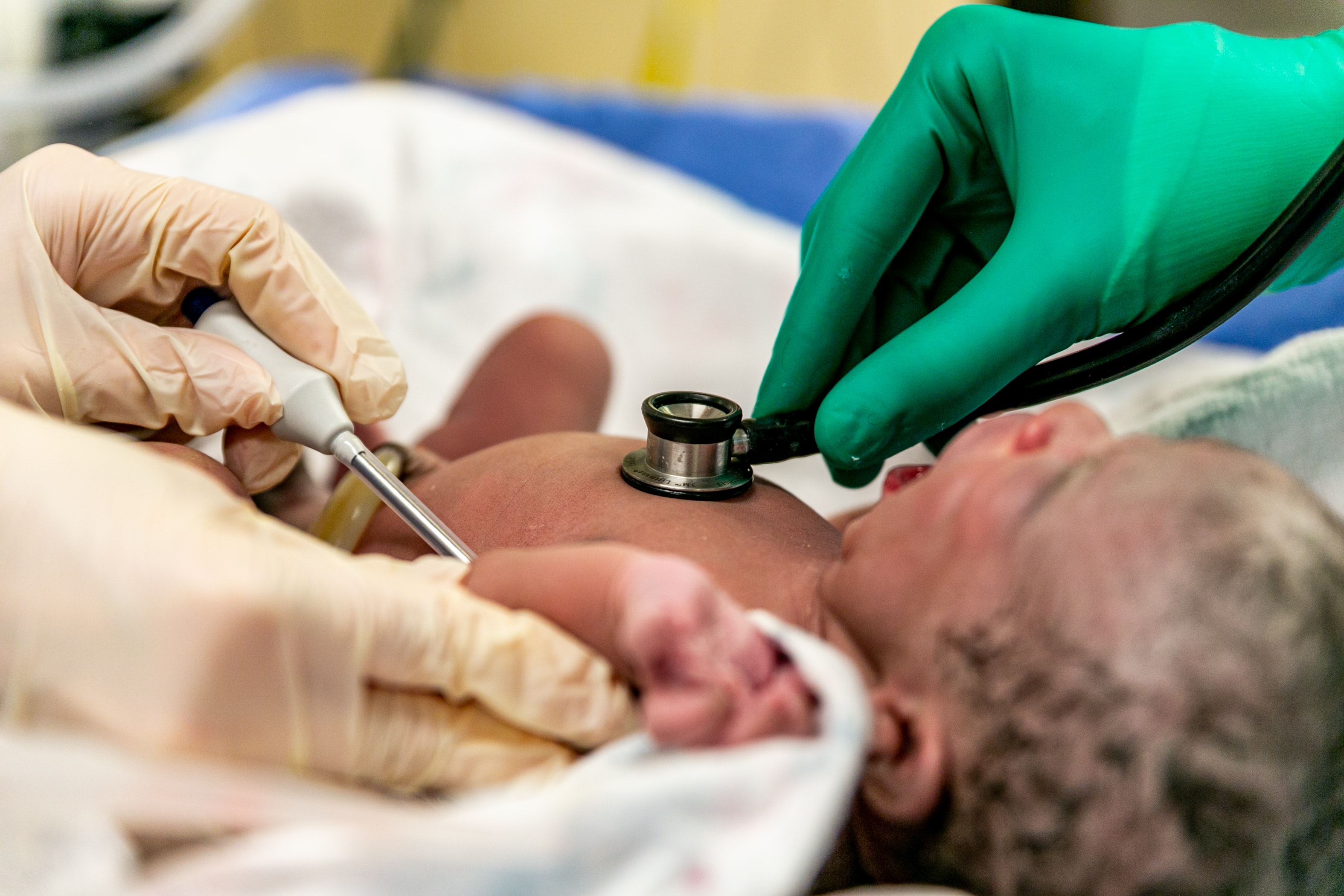For centuries, there was one way to have a baby, and that was a vaginal birth. Fortunately for today’s mothers and babies, 21st-century medicine offers other methods for childbirth that can help ensure a safe, healthy delivery. The C-section or cesarean delivery method involves the surgical removal of the baby. Another option is a vaginal birth after a cesarean or VBAC. To help you prepare for the delivery of your newborn, we’ll outline these three methods and address the process for each style of childbirth.
Vaginal Birth
A vaginal birth takes place when the baby is born through the birth canal. Most pregnant women should plan for vaginal birth unless there is a medical reason not to. Planning for a vaginal birth can be tricky. While you will know your due date, you may go into labor at any time. However, typically spontaneous usually begins between 37 to 41 weeks of the pregnancy.
Vaginal birth provides several benefits, including more immediate contact and breastfeeding with the newborn. For the mother, vaginal birth typically results in shorter hospital stays, faster recovery, and lower infection rates than a C-section birth. For the baby, passing through the birth canal seems to boost their lung health, among other benefits.
Vaginal birth can also be difficult in that the onset and length of labor can’t be predicted. Labor is painful and physically exhausting. The process can be made easier by preparing for labor. Ask your OBGYN for more information at one of your appointments.
If certain conditions occur, your OBGYN may recommend inducing labor. This can be helpful in terms of scheduling the birth, too, but the important thing is the health of you and your baby. For an elective induction without a medical complication, the baby should be at least 39 weeks along to ensure the best outcome.
It is common to have vaginal tearing at the time of delivery, especially for first-time mothers. Episiotomies are not routinely performed by our obstetricians and if needed they will discuss this at the moment.

Cesarean or C-section
Sometimes surgical delivery is necessary and the C-section is the preferred technique to get the baby out safely. In fact, up to one-third of babies born in the United States are delivered via C-section. During a cesarean, an incision is made in the abdomen and uterus in order to remove the baby. This leaves a scar just above the pubic bone. The recovery period is longer due to the healing process.
C-sections can be planned and scheduled for reasons such as a history of prior cesarean, an expected large baby, or if the baby is in the breech or transverse position. Cesareans are more common in twin deliveries often due to their positions.
A cesarean may also be done in an emergency. This typically happens due to increased stress on the infant in labor or a very sick mom. Cesarean births can also be necessary due to heart disease, high blood pressure, or infections in the mother. Your OBGYN will be able to provide guidance for your birth method.
C-sections are considered major surgery, and the risks of surgery apply. One of the risks of cesarean birth is infection. Hemorrhaging or blood clots, reactions to anesthesia, and surgical injuries to you or the baby can also occur. You will stay in the hospital for 2 to 3 days following a C-section for post-surgical care, and it will require several weeks of healing at home. During that time, you will need to avoid heavy lifting and strenuous activity. You’ll be able to take care of your baby, but the incision may make many normal tasks, such as driving, uncomfortable.
In some cases, C-section can be a one-time experience. As long as the incision is made in a low transverse manner on the uterus it may be safe to attempt a trial of labor with your next pregnancy. However, depending on the reason for the first C-section and the timing of the pregnancy, you may still need a cesarean in the future. This is something to discuss with your obstetrician if you are interested.
Vaginal Birth After Cesarean (VBAC)
In the past, if you had a C-section, that meant you would have to deliver future babies via C-section. Now, when a mother has had a C-section, she may have the option of a trial of labor. This is made possible by advances in the surgical technique used for a modern cesarean.
While there are benefits to a vaginal birth as mentioned before, VBAC still may not be right for every woman. Pregnancies too close in proximity and other pregnancy complications can prevent a successful VBAC.
Your OBGYN can address VBAC with you in detail. Here are a few facts about VBAC that might influence your decision or affect your VBAC process.
- Spontaneous labor works better for VBAC than inducing labor. The medications used to induce labor can increase the risk of uterine rupture.
- If you’ve had a vaginal birth before, the odds of a successful VBAC are much higher than if you’ve only had a C-section.
- Previous C-sections due to difficult or slow labor may rule out a VBAC because it is likely that you will experience the same labor problems again.
- VBAC carries a 2 percent risk of uterine rupture which is a surgical emergency
Ask Your OBGYN About Delivery Methods
Whether you are planning your first birth or having a second or third child, knowing the birth options can put your mind at ease. Be sure to check out our obstetrics FAQ for other common questions about having a baby, and contact us to schedule your appointment.


